Let’s begin by setting the record straight. It’s not just Indian fans who have been outraged by Hikaru Nakamura throwing world chess champion D Gukesh’s king into the crowd after beating the Indian Grandmaster in an exhibition event. The biggest critic has been former world champion and all-time great Vladimir Kramnik.
The Russian Grandmaster was curt when he described the act as “the degradation of modern chess.” Singaporean Grandmaster Kevin Goh Wei Ming was not far behind, denouncing Nakamura’s ‘antics’ and making a strong case against them. “I’m not sure I want anything to do with it,” he wrote on social media platform X.
Это не просто пошлость, а уже диагноз, современным шахматам
— Vladimir Kramnik (@VBkramnik) October 5, 2025
This is not just vulgarity, but already a diagnosis of degradation of the modern chess pic.twitter.com/e4uvENP86K
Besides some of the biggest names in chess, it’s obvious that a large section of Indian fans felt humiliated at the act of a chess player throwing away the king of a world champion from their country.
Nakamura faces outrage after fiddling with Gukesh’s king
We live in a divided world, where the feeling of animosity is more prevalent and normalised than inclusion. In a world where anti-immigrant protests are just an everyday activity across the so-called ‘first world’ countries. That Indian fans were not able to see Nakamura throwing the king away as merely an act of celebration, rather than a deliberate attempt to send a message to Gukesh, could be a result of a feeling that has seeped deep into us. What’s it called? Siege mentality.
Maybe it’s the doing of the media that always pits one against the other, or maybe it’s because Gukesh, despite being the youngest world champion, has constantly been questioned by the greats, including Gary Kasparov and Magnus Carlsen.
While Kasparov, Carlsen, and even Kramnik’s criticism of Gukesh is not unfounded, as chess has a history of world champions who were unsurpassable in their prime, it’s remarkable how easily they overlook that Gukesh is yet to turn 20. Chess has never had a world champion in their teens.
But in the end, you have to accept that Nakamura pretty much did what he was asked to do. He revealed after his act that it was pre-planned. Famous chess content creator Levy Rozman, who runs the GothamChess channels and was also part of the ‘Checkmate: USA vs IND’ event, shared that it was the organisers who asked the players to be brutal after their victories.
Rozman and ChessBase India’s Sagar Shah were asked to break their opponent’s king when one of them won the match between them.
How futile the outrage has been can be gauged from how India’s most popular chess content creator, Sagar Shah, explained the situation in one of his videos from the Esports Stadium in Arlington, Texas, where the whole drama took place.
“Chess is looked at differently in India. We grow up looking at chess as it’s sacred. Many cricketers, if you see they take care of the ball, bat and pad because it provides them a livelihood. I have also asked Gukesh why he does the folded-hand salutation to the chessboard and he says chess has given him so much and he should always respect the board, that’s what his first coach taught him,” Shah said.
“But in general, not everyone would look at things like that. Someone can look at it as just pieces and a board, which is meant to create a sport and it doesn’t have another significance and that’s how perhaps some players look at it. So, when you throw the king, which Hikaru did, one can look at it as ‘oh, this is disrespect to the opponent’ and so on. Disrespect to chess, but also could be looked at as just a celebration of the moment.”
Now the infamous incident will be forgotten soon, but what will not go away are the unconventional romps. The chess world is changing, whether for the better or worse, the jury is still out.
Chess world is changing and its traditions would as well
One of the oldest sports, chess, has a history of over a thousand years in different forms. Even the first World Chess Championship was held 139 years ago. It’s an ancient sport, a bit like Test cricket. And both of them have one thing in common: the purists, who hate to change.
We won’t be getting into the argument of whether the purists are right or wrong, but you need to acknowledge that change is the only constant in the world. It’s true that the very essence of chess and Test cricket lies in its civility, ethics, virtue, struggle, endurance, and temperament. Hence, it’s completely understandable if a chess player or fan finds Nakamura’s behaviour outrageous.
But the million-dollar question here is, why did the organisers ask Nakamura to be uncivil in a sport dictated by decorum and discipline?
The simple answer is to find a new audience — young fans and, hopefully, enough viewers to one day secure paid media deals. Yes, it’s really that simple.
Chess has been around for ages. Its greatest exponents, Kasparov, Carlsen, Bobby Fischer, Anatoly Karpov and India’s very own five-time world champion, Viswanathan Anand, are revered as mind gods, but this exceptionalism is yet to make chess a mass sport.
Some still fear playing it. It’s simple, but some see it as a complex maths puzzle. Others find the atmosphere of a chess tournament a bit too suffocating.
So how do you make young fans like the sport in an era where the attention span is reducing by the minute and reels are replacing the real? Maybe by adapting to the modern world. The ‘Checkmate: USA vs India’ event was an attempt in the same direction.
The live audiences, WWE-style announcement for matches, players emerging from within the fans and walking up to the stage like boxers, a referee overseeing the contest and extravagant celebrations. It was an attempt to lighten up the sport and what many would say to make it more spectator-friendly.
Did it succeed? Honesty, it’s too early to deliver a judgment. The tournament is only a few days old, but we have seen chess changing in many ways just this year.
The first chess tournament at the Esports World Cup took place earlier this year and was played in front of a live audience, who were at times boorish, something not uncommon in other sports.
The Freestyle Chess Grand Slam Tour, launched earlier this year by world No 1 Carlsen along with other entrepreneurs, has tried to freshen things up in its own way. Players can be seen wearing colourful suits instead of the usual boring office attire.
Huddles between players to discuss strategies for their respective games are also not uncommon. Not to forget the Freestyle format, a breakaway from traditional classical chess.
These experiments would continue till chess and its investors start finding the media deals, which are the bread and butter for all major sports.
For all its history and significance, chess matches are still streamed for free on YouTube, Twitch or other platforms.
A paid media deal or a television broadcast would be a game-changer for the sport and its players — and for that, you need to have a mass following. So, expect more such changes in the chess world, and more players throwing their opponents’ kings into the crowd.


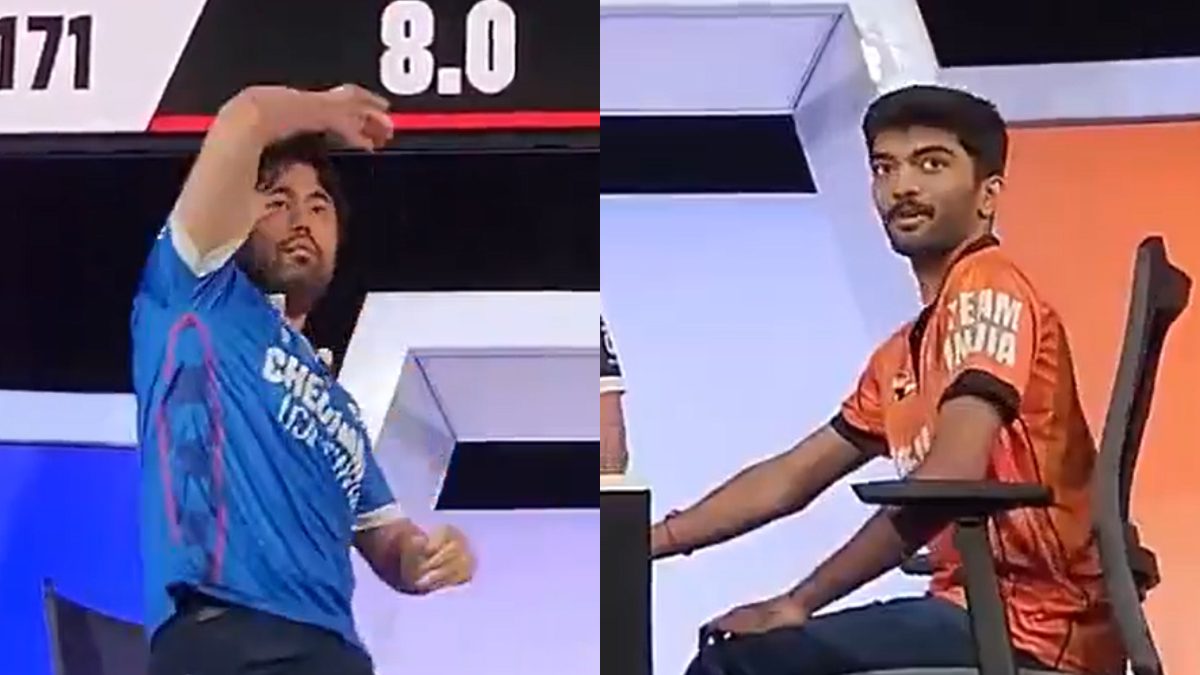)
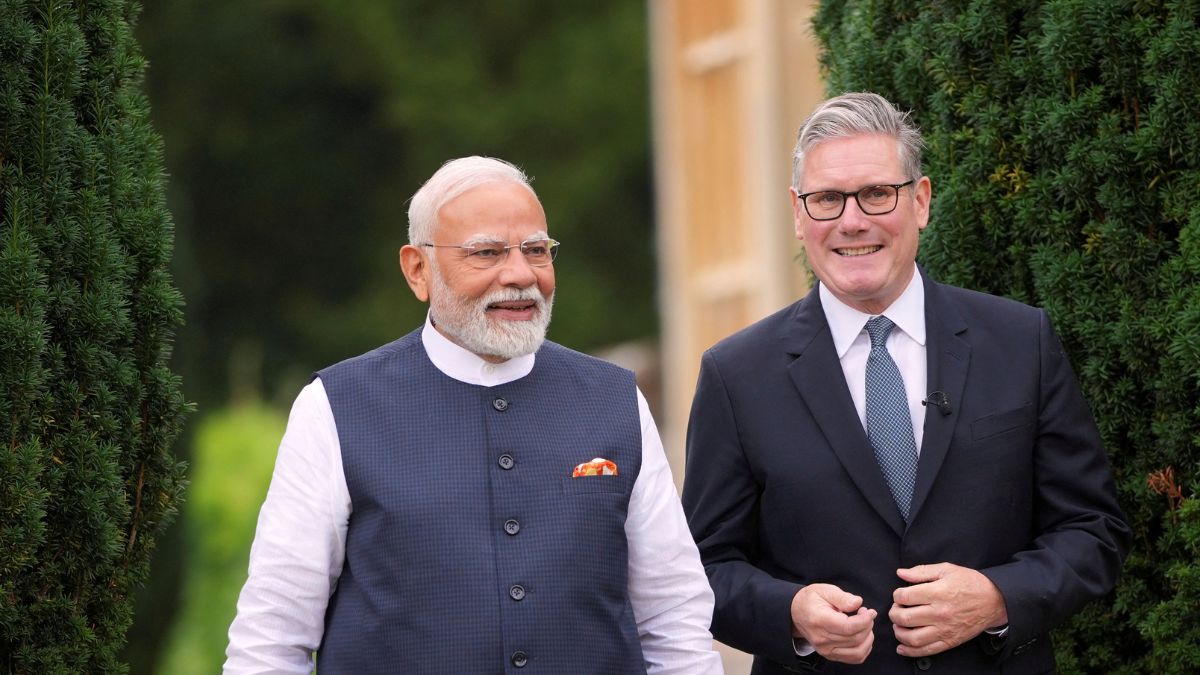)
)
)
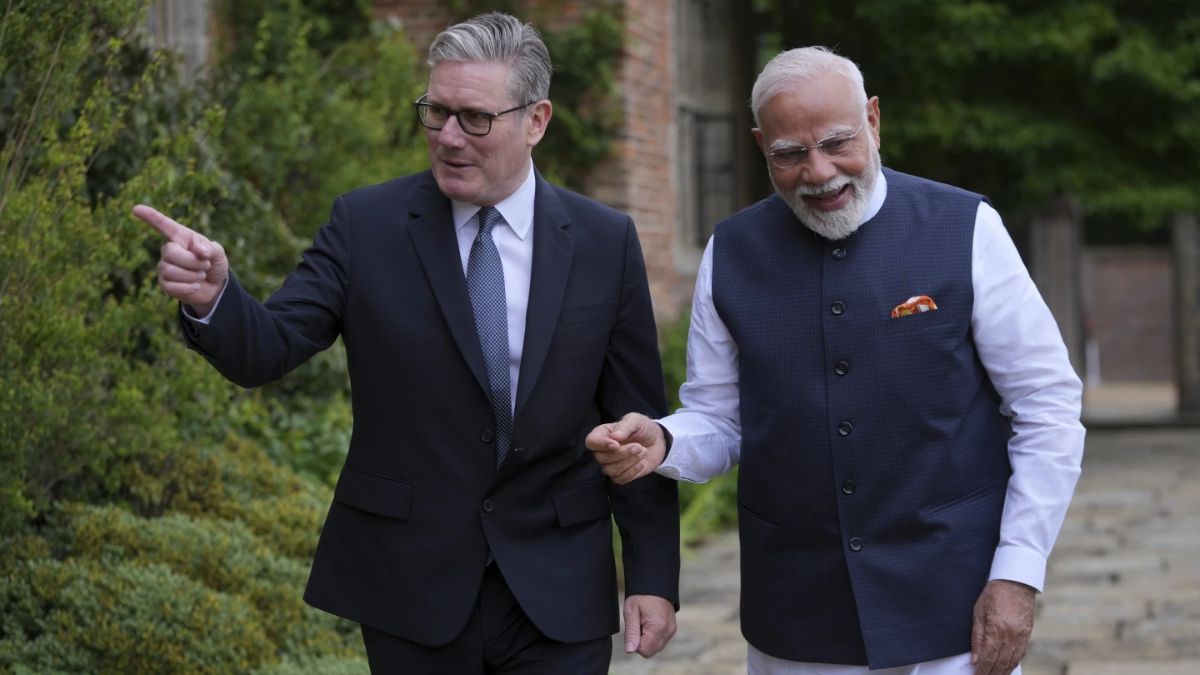)
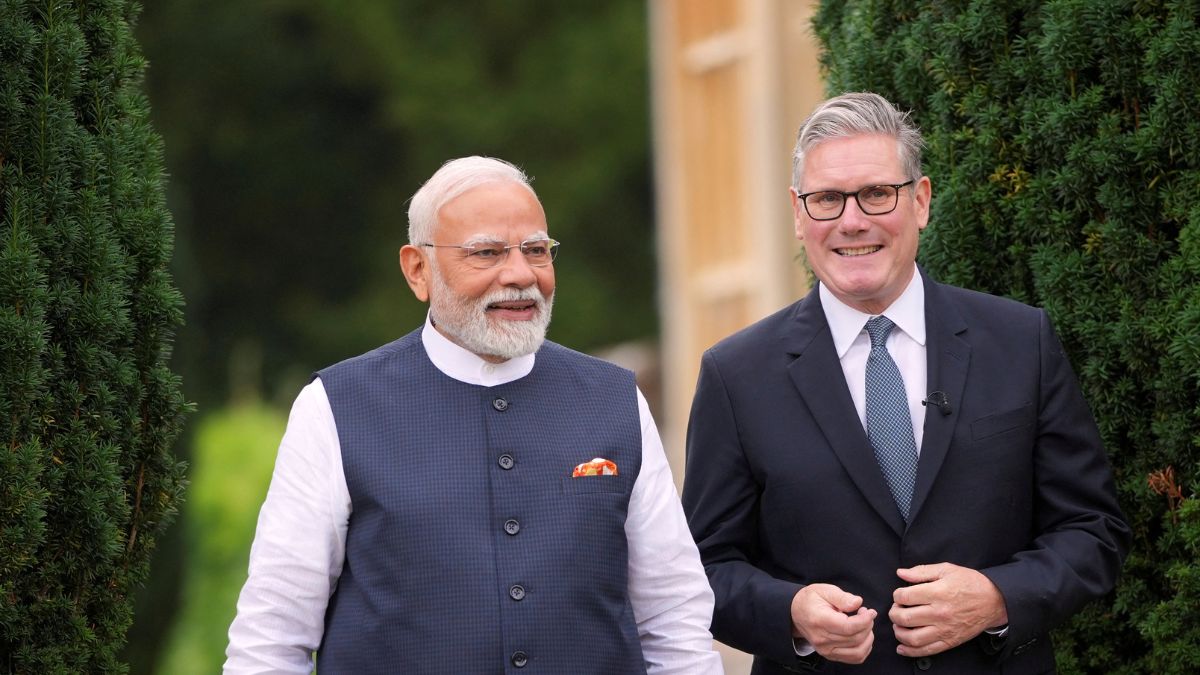)
)
)
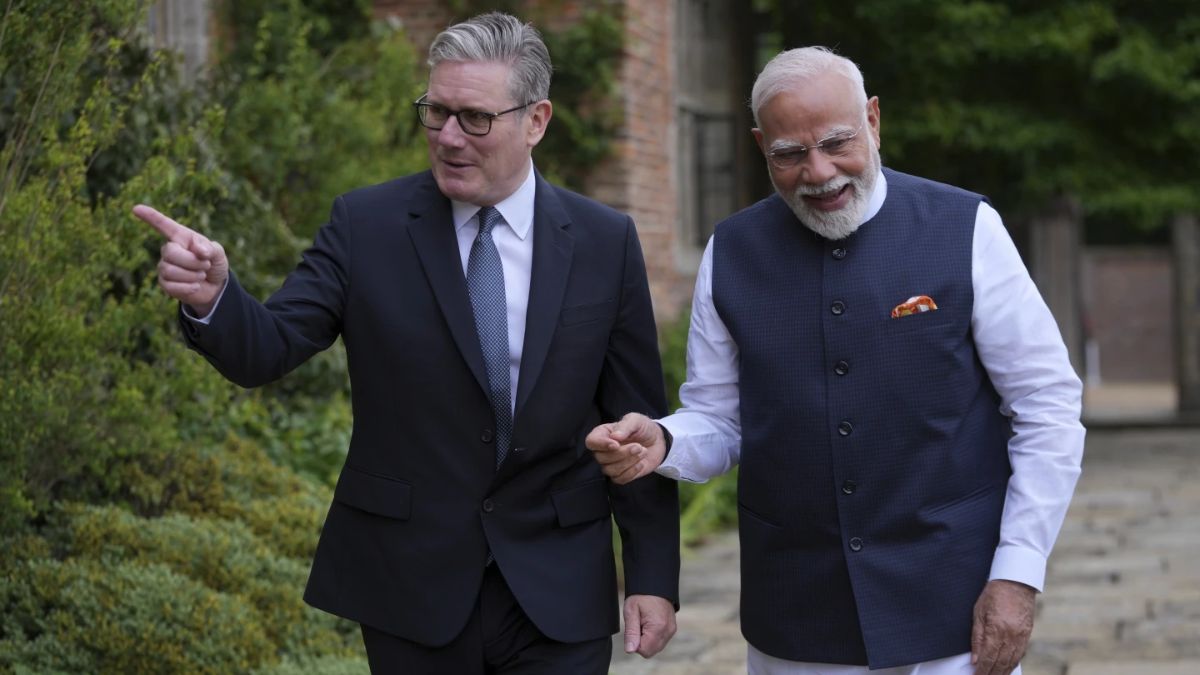)



